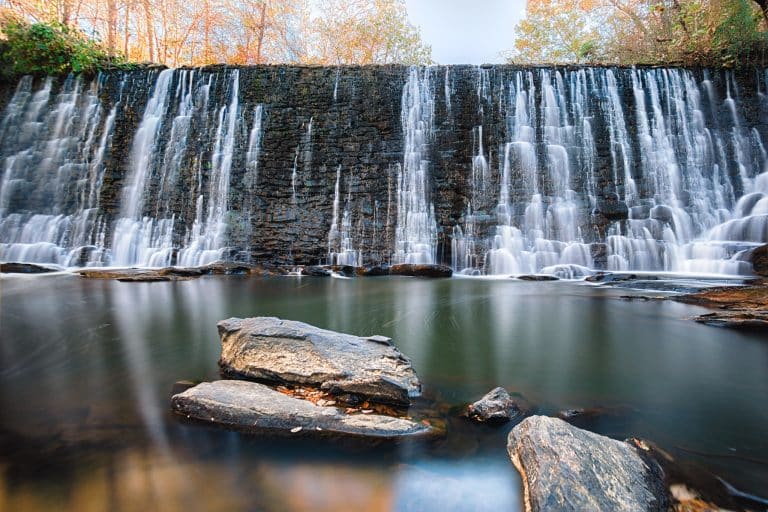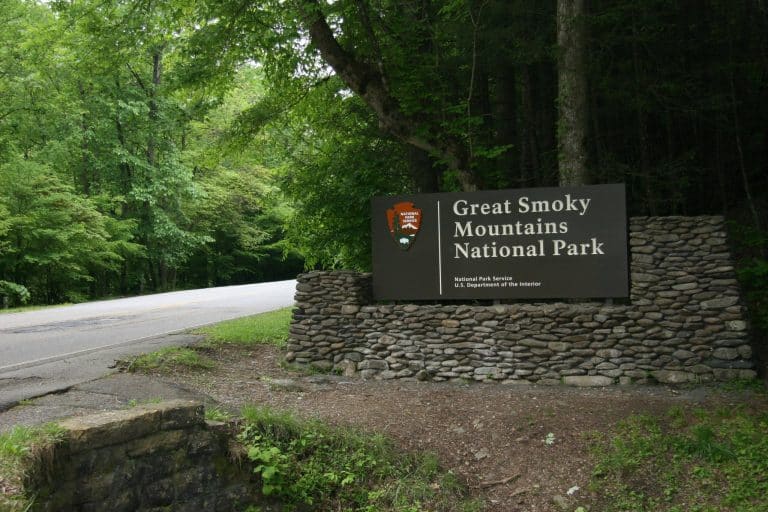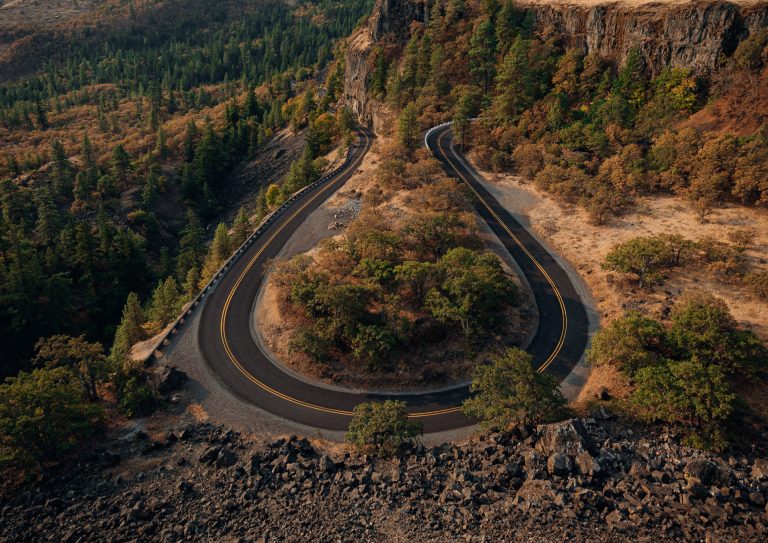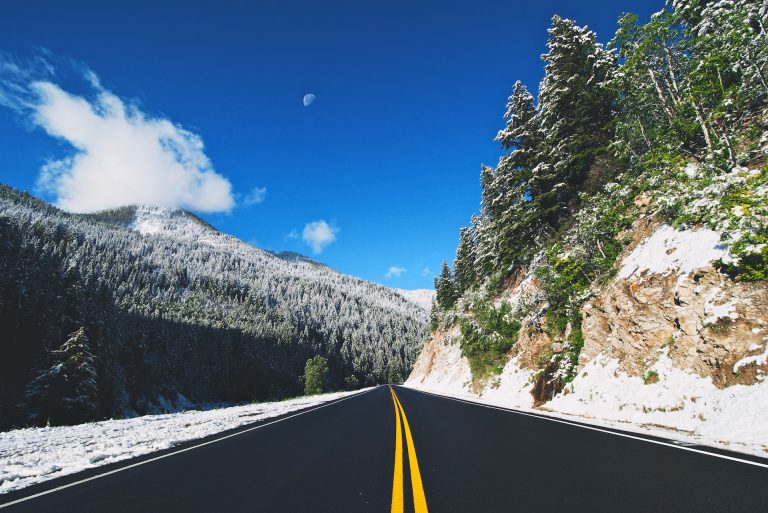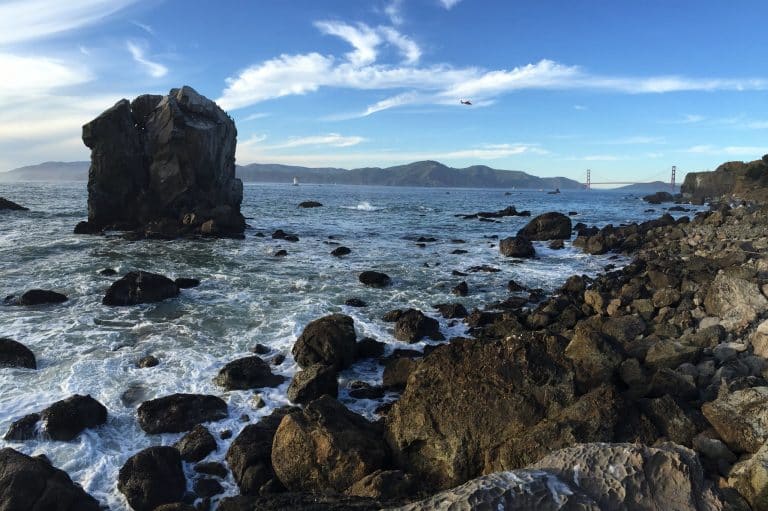What is the Best Ikon Ski Resort in Utah?
Are you an IKON pass holder looking to make the most of your winter season? Look no further than Utah’s world-renowned ski resorts!
Utah is home to some of the best skiing and snowboarding in the world, with resorts that offer something for every level of skier and rider. From the legendary powder at Alta and Snowbird, to the diverse terrain at Solitude and Deer Valley, Utah has something for everyone.
But that’s not all – with your IKON pass, you’ll have access to all of these amazing resorts and more, giving you the freedom to explore and discover your new favorite mountain. So, why wait? Plan your trip to Utah today and experience the thrill of the Wasatch mountains for yourself!
The Utah Ski Season
The ski season in Utah usually runs from November to April, with the busiest times being during the winter holiday season and during the months of February and March when the snow is typically the best. The shoulder season, when the resorts are less crowded and lift ticket prices are lower, is typically from late November to early December and from late March to April.
Snowfall in the Wasatch mountains can vary from year to year, but the ski resorts typically receive an average of 500-700 inches of snow during the season. Some years, the resorts can receive as much as 1000 inches of snow, while other years they may receive less than 500 inches. The amount of snowfall also tends to be higher at the resorts located at higher elevations.
What is the IKON Pass?
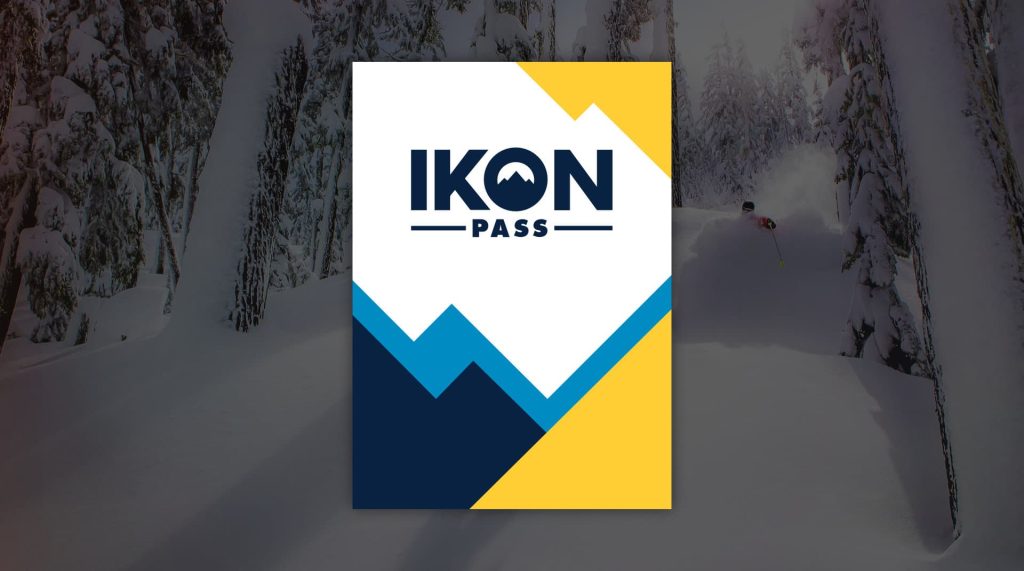
The IKON ski pass is a multi-resort ski pass that allows skiers and snowboarders access to a network of resorts in North America and Australia. It is offered by Alterra Mountain Company, which operates a number of very popular ski resorts in the United States and Canada, including Steamboat, Alta, Copper Mountain, and Mammoth Mountain. The IKON ski pass allows skiers and snowboarders to purchase their lift tickets ahead of time, usually at 20%+ discounts. You then can ski any of their partner resorts (check your pass’s restrictions first) without needing to reserve your spot on the mountain.
The IKON ski pass provides access to a variety of ski resorts, including both large and small resorts, and offers skiers and snowboarders a range of options for exploring different resorts and destinations. It is designed to give skiers and snowboarders maximum flexibility and access to a wide range of resorts, making it a popular choice for those who love to ski or snowboard at multiple resorts each season.
Cottonwoods vs Park City
The resorts in Utah are primarily broken up into 4 areas of the state. However, only two areas are relevant to anyone with an IKON pass.
Cottonwoods refer to the area where Alta, Brighton, Snowbasin and Solitude are. You access these resorts by heading south on Interstate 215 from Salt Lake City International Airport (SLC). The Cottonwood mountains are further split up by the Little (LLC) and Big (BCC) Cottonwood Canyons.
Alta and Snowbird are in the LCC and Brighton and Solitude are in the BCC.
Park City only has two resorts: Deer Valley, and Park City Mountain Resort, which is not on the IKON pass (it is a part of Epic instead). It is about an hour away from the Cottonwoods because you have to go around the mountains to get there.
Snowbasin is the oddball here, and is separate from all of them. It is located up near Ogden, which is north of SLC.
The Cottonwoods generally get more snow because they have a higher elevation, and also have more terrain. Park City is known to have plenty of non-ski options, which are great for the après-ski crowd.
| Resort | Pass | Location |
|---|---|---|
| Alta Ski Area | IKON,COLL | Salt Lake City, UT, 84121 |
| Brighton | IKON | Brighton, UT, 84121 |
| Deer Valley | IKON | Park City, UT, 84060 |
| Snowbasin | IKON,COLL | Orangeville, UT, 84537 |
| Snowbird | IKON,COLL | Snowbird, UT, 84092 |
| Solitude Mountain | IKON | Salt Lake City, UT, 84121 |
Picking the Best Utah IKON Ski Resort
All six ski resorts associated with the IKON pass are considered the some of the best Utah has to offer. However, each has its strengths and weaknesses that may force you to pick a different favorite one than others may choose.
Alta Ski Area
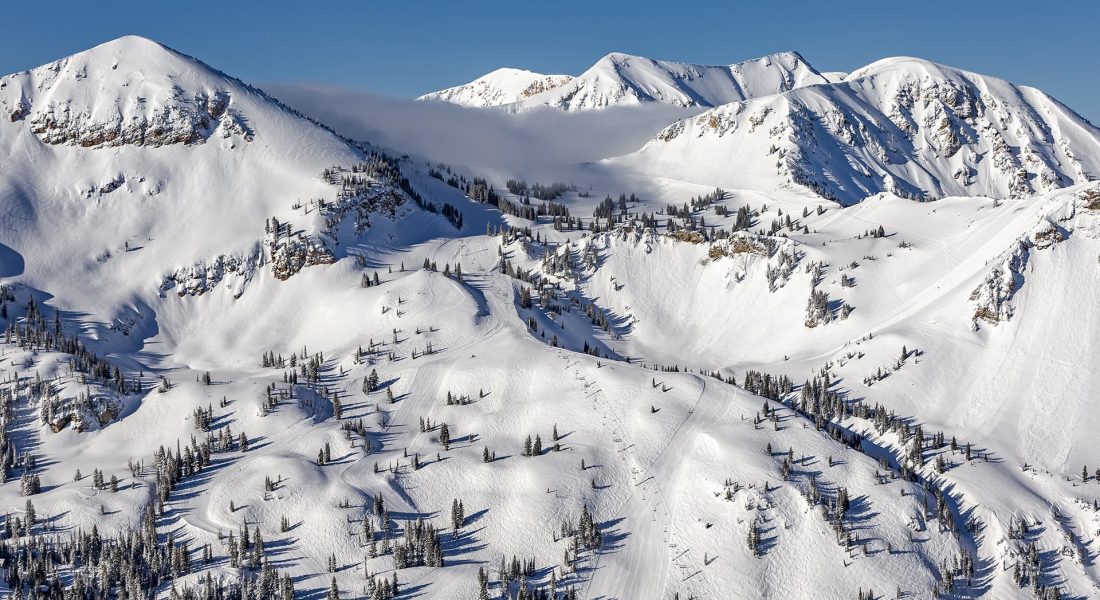
Alta Ski Resort is a world-renowned ski destination located in the Wasatch Mountains of Utah. The resort is known for its organic small town feel, nostalgic skiing atmosphere (it’s one of the oldest in the nation), and an impressive annual snowfall, which averages over 500 inches per season. The snow at Alta is typically dry and powdery, making for excellent conditions (when it actually snows) for skiing and snowboarding.
Alta’s Strengths:
- Lots of backcountry ski trails exist at Alta. This is one of America’s oldest ski resorts, so this place has a lot of special history to it.
- The views at Alta are some of the best in the Wasatch Mountains.
- Has the best snow in Utah.
- If you are an advanced skier, this is the place to be. Its terrain is steep and challenging.
- Alta and Snowbird are only separated by a ridgeline and if you buy a combination ticket you can easily swap between the two via the Mineral Basin, Baldy Shoulder, or Keyhole trails.
Alta’s Weaknesses:
- Alta does not allow snowboarding. If you are a snowboarder, you’ll need to find another mountain.
- Alta is not a beginner-friendly resort. The saying goes, “If you can ski here, you can ski anywhere.”
- There is no night skiing available at Alta.
Brighton Resort
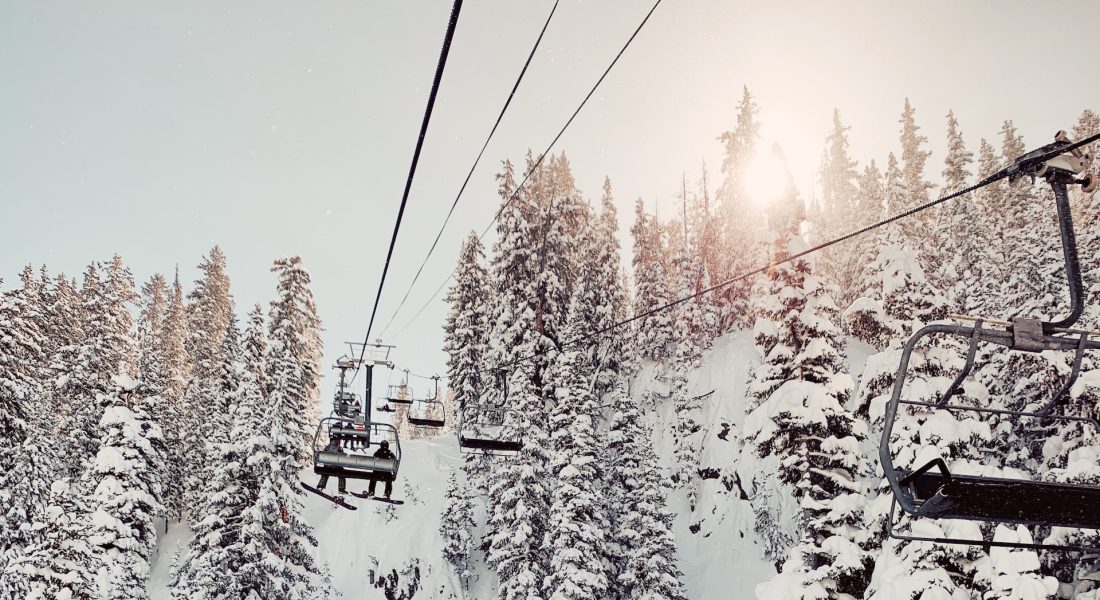
Brighton Resort is known for its laid-back feel, cheaper lift prices, family-friendly atmosphere, and an impressive annual snowfall which averages over 500 inches per season. The snow at the resort typically comes down dry and powdery, which is excellent for skiing and snowboarding conditions when fresh.
Brighton’s Strengths:
- Brighton is universally considered the best place to snowboard at in Utah.
- Brighton has some fantastic beginner terrain to learn at. It has an incredible wide variety of terrain, so there will be something for everyone here.
- Brighton has the only night skiing near Salt Lake City, which can be an affordable alternative to the busy mornings where everyone is looking for fresh overnight snow.
- There is a UTA bus line between Brighton and Solitude. This helps when you are staying at one, and want to ski at the other.
- There is also the scenic Sol-Bright connector trail, which is a flat cross-country trail that connects Solitude and Brighton that skiers can take (when it’s open).
Brighton’s Weaknesses:
- Brighton is one of the few IKON ski resorts that still need you to make a reservation to ski or snowboard at. Even if you have an IKON pass, your entry may not be guaranteed.
- Not much of a nightlife here. There are a few good restaurants on the complex, but not much else. They are all about skiing at Brighton.
- Brighton is the smallest IKON ski resort in the area.
- Because Brighton is so highly regarded as a snowboarder’s heaven, the crowd tends to be on the younger side of the age groups. If you’re older, this may be a downside… or not!
Deer Valley Ski Resort
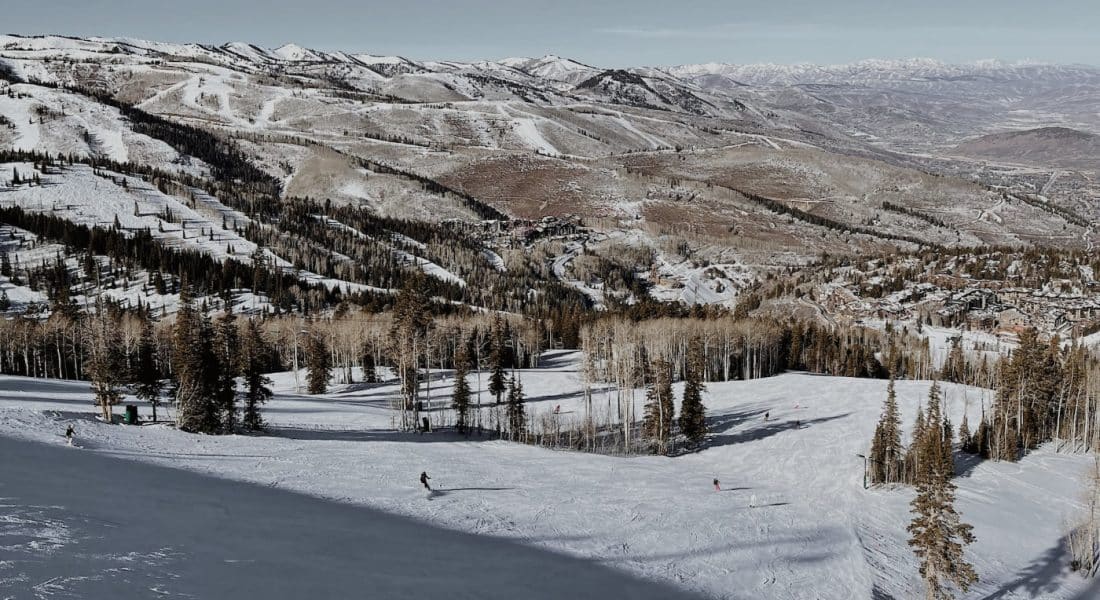
Deer Valley Ski Resort is a world-renowned ski destination located in Park City, Utah. The resort boasts some of the best grooming and snowmaking in the industry, and offers a wide variety of terrain for skiers and snowboarders of all abilities. The ski season at Deer Valley typically runs from mid-December to early April, depending on snow conditions.
Deer Valley’s Strengths:
- Deer Valley is expensive, but this results in smaller crowds. So if the higher than average cost to ski isn’t an issue for you, you can find more wide open spaces here.
- Any ski resort in Park City (which Deer Valley is) will have better après-ski nightlife. The Cottonwoods simply don’t have this type of experience.
- Deer Valley has the best groomed trails.
- Deer Valley has plenty of parking, so if you need to ski on a weekend, this will likely be your best bet.
Deer Valley’s Weaknesses:
- Like Alta, Deer Valley is a ski-only resort. No snowboarding is allowed.
- Deer Valley is one of the most luxurious ski resorts in the area. This results in just about everything being very expensive here.
- This is the only IKON ski resort in Park City. The others are over an hour away in the Cottonwoods area.
- Park City ski resorts are known to have not as good snow as of those in the Cottonwoods, and the Cottonwoods have more open terrain as well.
- Deer Valley is more of a tourist destination (along with Park City Mountain) ski resort than the ones in the Cottonwoods.
- There is no night skiing available at Deer Valley.
- Deer Valley is the farthest IKON ski resort away from Salt Lake City.
Snowbasin Resort

Snowbasin Ski Resort is a premier ski destination located in the Wasatch Mountains of Utah. The resort boasts over 3,000 skiable acres of terrain and offers a wide variety of runs for skiers and snowboarders of all abilities. The ski season at Snowbasin typically runs from mid-November to early April, depending on snow conditions. The resort typically receives around 300 inches of snowfall annually, ensuring a reliable and deep base for skiers and snowboarders to enjoy throughout the season. Snowbasin is known for its light, dry powder snow which is particularly enjoyable for advanced and expert skiers.
Snowbasin’s Strengths:
- Snowbasin has loads of parking. Still try to get there by 8am on weekends, holidays or fresh powder days, but since they were a part of the 2002 Olympics, they have more parking spots than most resorts in the area.
- Snowbasin is the largest of all the IKON ski resorts in Utah.
- All ski resorts are crowded, but if you’re looking for the least crowded one, Snowbasin is probably it.
Snowbasin’s Weaknesses:
- Snowbasin is so big that it will take you multiple days to see it all.
- There is no night skiing available at Snowbasin.
- Snowbasin is in Ogden, and thus not next to any other IKON resorts, unlike most of the others.
Snowbird Ski Resort
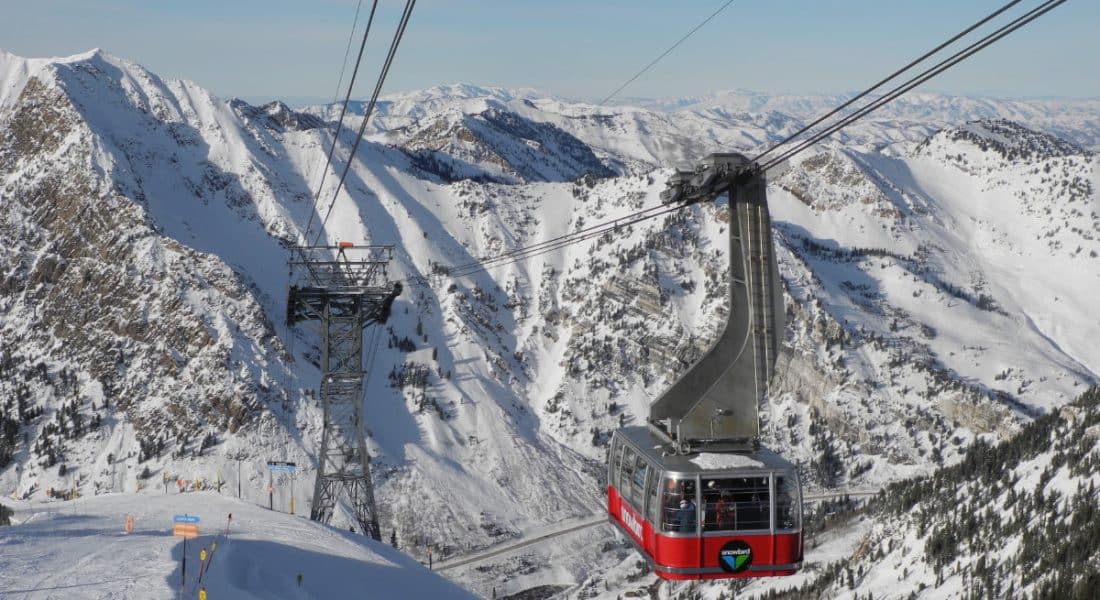
Snowbird Ski Resort is a world-renowned ski destination located in Little Cottonwood Canyon, Utah. The resort boasts over 2,500 skiable acres of terrain and offers a wide variety of runs for skiers and snowboarders of all abilities. The ski season at Snowbird typically runs from November to May, depending on snow conditions.
Annual snowfall at Snowbird is substantial, averaging around 500 inches per year. The resort is known for its deep, light powder snow, which is a favorite among skiers and snowboarders.
Snowbird’s Strengths:
- If you like steep terrain, Snowbird’s got you covered. Snowbird has a strong reputation for its advanced and expert skiing.
- Snowbird has Utah’s longest ski season. It usually starts in late November and stretches well into May most years.
- Snowbird is one of the largest ski resorts in Utah.
- Alta and Snowbird are only separated by a ridgeline and if you buy a combination ticket you can easily swap between the two via the Mineral Basin, Baldy Shoulder, or Keyhole trails.
Snowbird’s Weaknesses:
- Snowbird has some of the steepest terrain in the United States.
- Snowbird is so big that it will take you multiple days to see it all.
- There is no night skiing available at Snowbird.
Solitude Mountain Resort
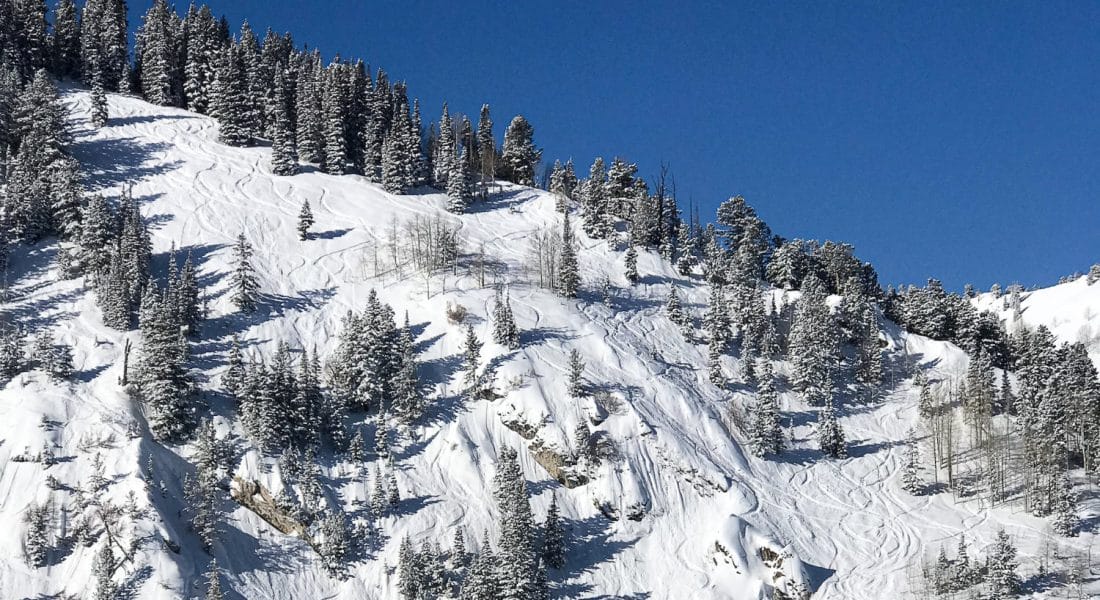
Solitude Mountain Resort is a popular ski destination located in the Cottonwood canyons of the Wasatch Mountains in Utah. It less than an hour away from Salt Lake City. The resort is known for its wide runs, family-friendly atmosphere, and impressive annual snowfall, which averages almost 500 inches per season. The snow at Solitude is typically dry and powdery, making it excellent for skiing and snowboarding, when it is fresh, of course.
Solitude’s Strengths:
- Solitude is generally less crowded than Snowbird.
- The trails at Solitude are wider than most others in the area, which gives more of a low-key vibe to the mountain.
- There is a UTA bus line between Brighton and Solitude. This helps when you are staying at one, and want to ski at the other.
- There is also the scenic Sol-Bright connector trail, which is a flat cross-country trail that connects Solitude and Brighton that skiers can take (when it’s open).
- Solitude has much more après-ski options than other Cottonwood resorts.
Solitude’s Weaknesses:
- Parking is not free at Solitude, which is unexpected to many new guests, since parking is free at just about every other Utah ski resort.
- Solitude’s parking is a major problem. They have the smallest parking lots of all IKON ski resorts in Utah.
- Solitude is not very beginner friendly.
- Solitude is also one of the smaller ski resorts in SLC.
- There is no night skiing available at Solitude

